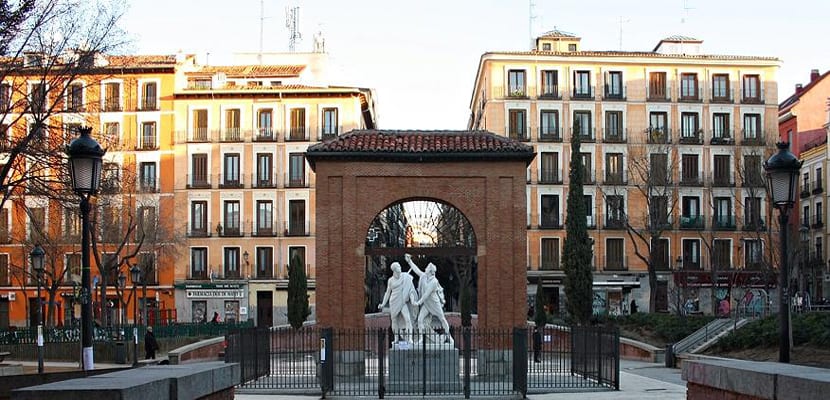
Image | Sampere Study
The cultural and social revolution that Madrid experienced during the 70s and 80s of the 2th century had its epicenter in the Malasaña neighborhood, a place flanked by Gran Vía, Fuencarral street and San Bernardo street that owes its name to the Madrid heroine who rose up against the Napoleonic troops on May 1808, XNUMX.
Today, Malasaña is the hipster neighborhood of the capital. A place where traditional bars and shops coexist with the most modern. A space for leisure, culture and fun in the heart of Madrid.
If you are thinking of visiting Madrid and you would like to drop by its most modern neighborhood, you cannot miss this post in which we will show you some of the most emblematic corners of the area.
Who was Manuela Malasaña?
His figure is a myth and a symbol of Madrid's resistance to the French invasion at the beginning of the XNUMXth century. This young seamstress died during the clashes on May 2, but it is not known with certainty if she did so while helping her father defend the gates of the Artillery Park or if she was executed by Napoleonic soldiers.
Be that as it may, her bravery at such a young age made her over the years a symbol of freedom and rebellion, which is why this neighborhood in the center of Madrid was named after her as a way of recognition.
Culture in Malasaña
Monteleón Park
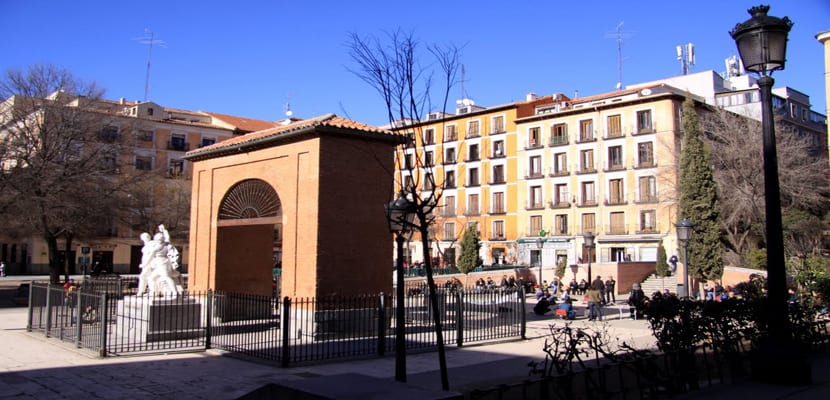
Image | Panoramio
The central core of the Malasaña neighborhood is the emblematic Plaza del Dos de Mayo, located where the famous Monteleón Park once stood, one of the main scenes of the popular uprising.
At present it is a meeting point for hundreds of young people on weekends to enjoy the wide range of nightlife that the neighborhood has, but two centuries ago an episode took place here that marked the beginning of the Spanish War of Independence.
During the Napoleonic occupation, the high commands of the Spanish Army depended on the Governing Board that was under the command of the Crown, in turn in the hands of Napoleon Bonaparte at that time. The order was to collaborate with the French and stay out of the popular mutiny that was being fought in Madrid at the time, but a small group of soldiers led by Daoíz and Velarde did not comply with those orders and together with several civilians they launched themselves to defend the Park Monteleón Artillery.
There a fierce battle was fought that ended with the taking of the Paque by the French, its practical destruction and the deaths of almost all the Spanish who participated there. Including those of the military Daoíz and Velarde, who led the resistance.
Today only one of its doors remains of that military barracks and next to it is a sculpture carved in marble from 1830 that represents two of the heroes of that day: Daoíz and Velarde.
The Plaza del Dos de Mayo has a multitude of bars and cafes with outdoor terraces as well as garden and children's areas. In addition, it usually hosts craft and design markets. That is why it is one of the most frequented by locals and tourists on weekends.
Headquarters of Conde Duque
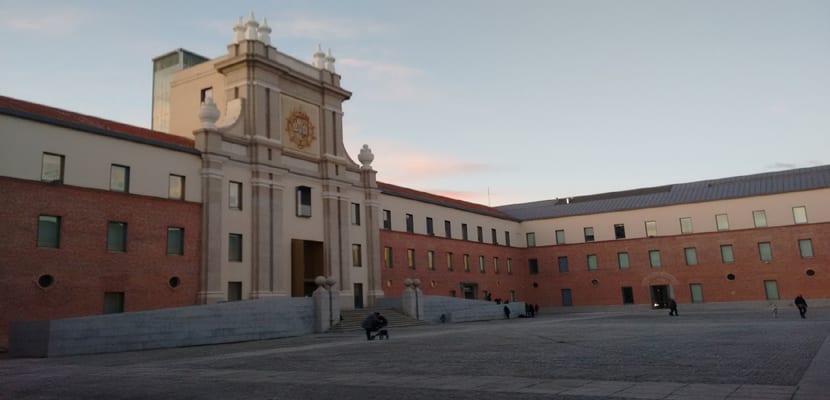
Image | Madrid and its things
What was a former military barracks in Madrid has been converted into a large metropolitan cultural center located next to the Palacio de Liria.
On the one hand, its facilities are used as an archive, newspaper library and municipal library for the conservation and dissemination of the history of Madrid. On the other, in the Conde Duque Barracks all kinds of artistic manifestations related to music, dance and theater, among other arts, are exhibited.
Its cultural offer is innovative, varied and with a marked public character aimed at all kinds of visitors.
Shopping and art in Malasaña
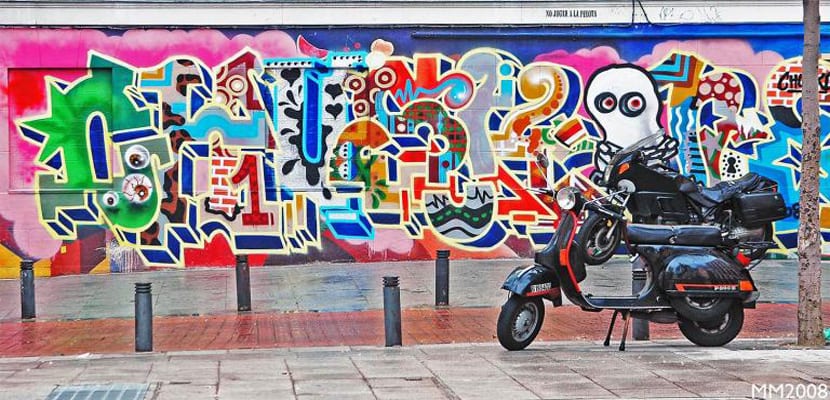
Image | Towns of Spain
Vintage Stores
One of the hallmarks of the Malasaña neighborhood are the second-hand and vintage stores. Small places full of antiques, exclusive clothes and vintage objects for the most nostalgic.
Some of the most prominent stores are Biba Vintage, El Templo de Susu, La Mona Checa or Vintage Kilo where you can buy clothes by weight.
Artistic route
The Malasaña neighborhood in Madrid is synonymous with art in all its aspects, without having to pay a ticket to access a museum. All you have to do is look up to enjoy the best urban art in the capital through the walls, litter bins and streetlights on its streets.
Also in neighborhood art galleries such as La Fiambrera, FeedingArt, Zoom Edition, Factoría de Arte y Desarrollo, Kikekeller or Despacio Arte & Vino. In them the visitor will be able to discover a great variety of artistic manifestations and supports that range from emerging and urban art to graphic work and photography. An alternative art route that you cannot miss.
Nightlife
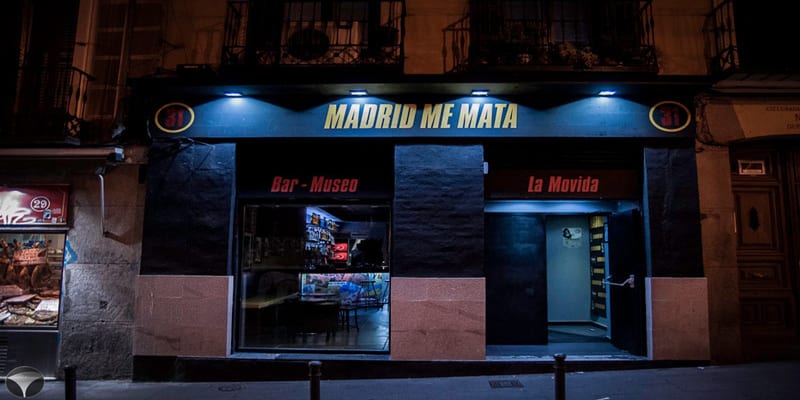
Image | A Place 2 go
Indie-pop, punk and rock are the rhythms of the night in Malasaña, a neighborhood that was the cradle of the Madrid scene in the 80s, the countercultural movement born at the beginning of the transition to democracy in Spain.
In the gambling dens of Malasaña it is possible to go back to the musical scene of that ground-breaking decade in Spain or enjoy the best current national and international music.
Some of the most popular bars in the neighborhood are La Vía Láctea, El Fabuloso, Fábrica Maravillas, La Bicicleta, Madrid Me Mata, Little Angie or El Rey Lagarto, among others.